FORMED IN 1936 as a propaganda maker, the NFBC has carried on providing state-subsidised films in Canada (both short and feature length) at the rate of hundreds every year, but it’s best known over here thanks to the ones the hard-up Beeb imported for afternoon and evening viewing in the 70s and 80s:
TWO BAGATELLES and NEIGHBOURS (1953) – Two short Norman McLaren films in which animation technique is employed with live actors. In the first, entitled ‘On the Lawn’, a male dancer waltzes to synthetic music. The second is a fast march, ‘In the Backyard’, accompanied by an old-fashioned calliope. ‘Neighbours’ was an anti-war piece originally produced for the United Nations, with two suburban types in an escalating battle over a flower between their two yards; by the end of the film they’ve turned to monsters, destroyed their homes, killed each other and (in a scene cut from the television and schoolroom showings) murdered each other’s wife and kiddies. The flower, naturally, survives.
PAS DE DEUX (1968) – McClaren again, this time multiple-exposing ballet dancers in an oft-imitated tour de force.
[cref 2026 COSMIC ZOOM] (1968) – Top class rowing-boat magnification antics.
SPHERES (1969) – A play on motion, against a background of multi-hued sky, by McLaren and René Jodoin. Spheres of translucent pearl seem to float weightlessly in the unlimited panorama of the sky, grouping, regrouping, at times colliding like some stylized burst of an atomic chain reaction. This airy dance is set to the musical cadences of Bach, played by pianist Glenn Gould.
THE OWL WHO MARRIED A GOOSE (1974) – Inuit story of avial crossbreeding told in the original language.
MINDSCAPE (1976) – A particularly creative example of the pinscreen animation technique (i.e. pictures made up of thousands of different-length pins in a mind-bogglingly painstaking process), this film is about an artist who steps inside his painting and wanders about in a landscape peopled with symbols that trigger unexpected associations. Escher-type oddness.
THE SAND CASTLE (1977) – Funny man-thing comes out of the sand and builds weird three-legged snake things, which then build a big house out of sand before being blown away by the wind.
BLOWHARD (1978) – Animated tale of J.B. Edwards, an easterner who went west to create a fuel company called Consolidated Dragons. The company’s profits were sorely affected when the supply of dragons started to dry up. A solution had to be found – and was.
CANINABIS (1979) – Story of a Muttley-like drug squad pooch whose hash habit lands him in hot water. Pro or anti? No idea.
S.P.L.A.S.H. (1980) – Army of water droplets go through the cycle from cloud to river to penis. Stood for Sea, Pond, Lake and Stream Headquarters.
THE SWEATER (1980) – An animated version of a short story by Québec author Roch Carrier about a boy hankering after ice hockey players and a Maple Leaf “swetcher”.
THE BIG SNIT (1985) – Famous weirdo apocalyptic cartoon with much Scrabble playing, tooth rattling, eye-shaking fun. And Sawing For Teens.
THE CAT CAME BACK (1989) – Infamous scratchy cartoon (identical animation style to ‘Snit), concerning a hapless bloke’s various doomed attempts to execute, mangle, or otherwise dispose of an unwanted, furniture-ruining cat. Jaunty, perhaps-too-catchy song underpinned the action.






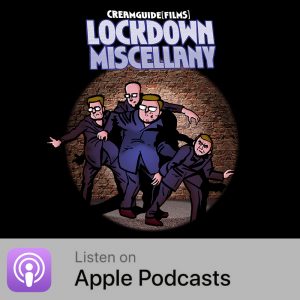
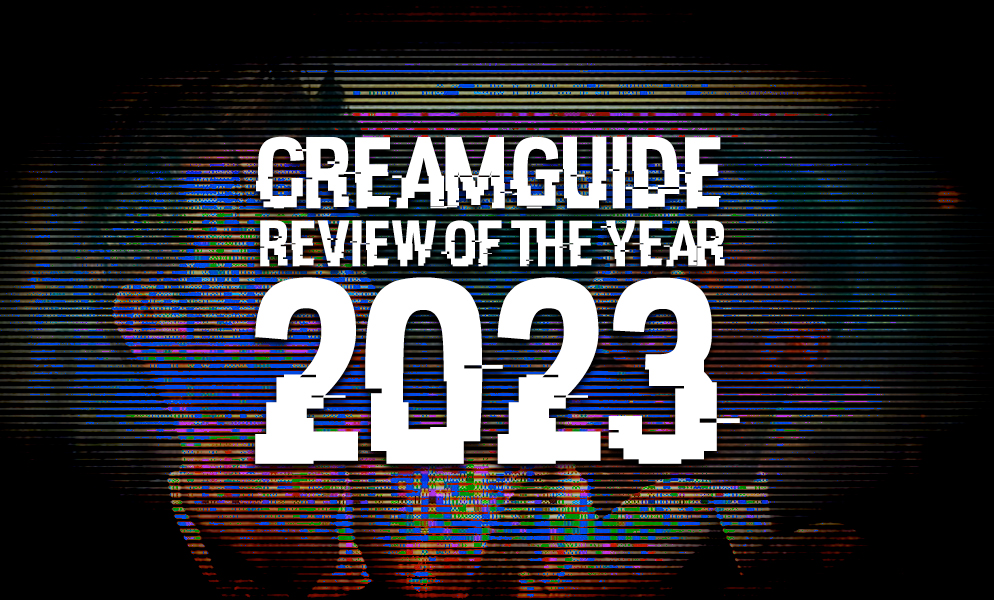
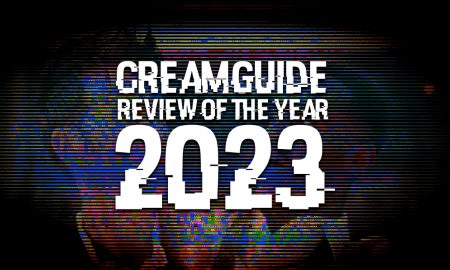
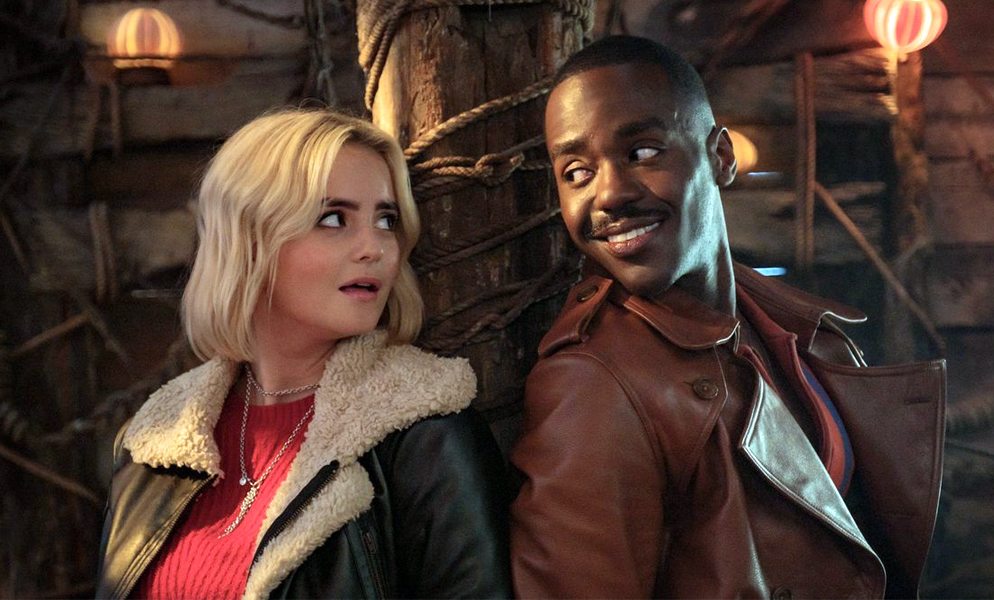
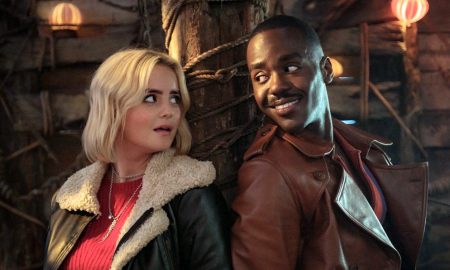
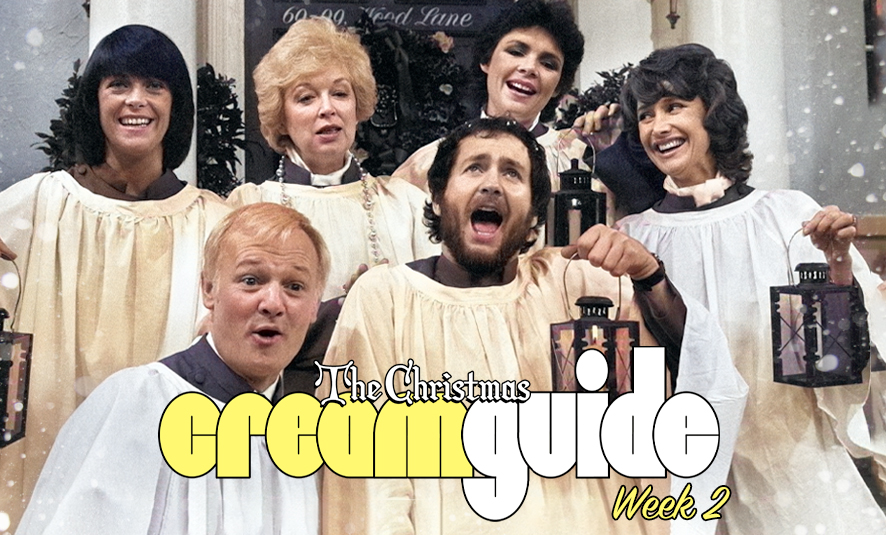
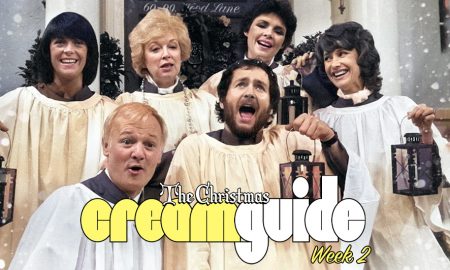
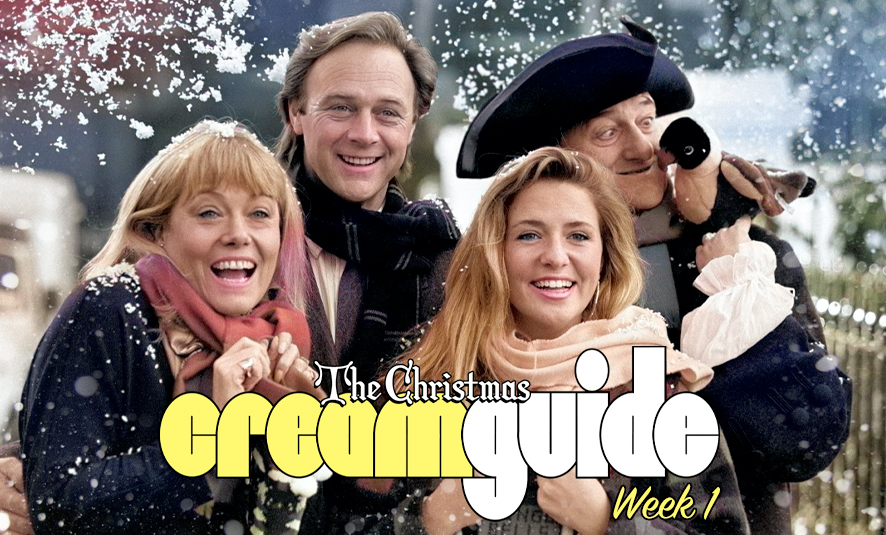
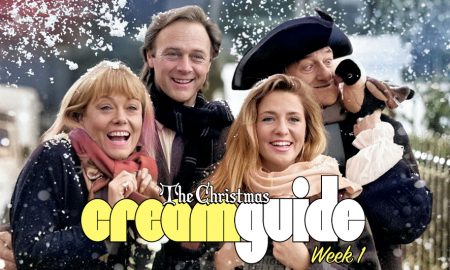
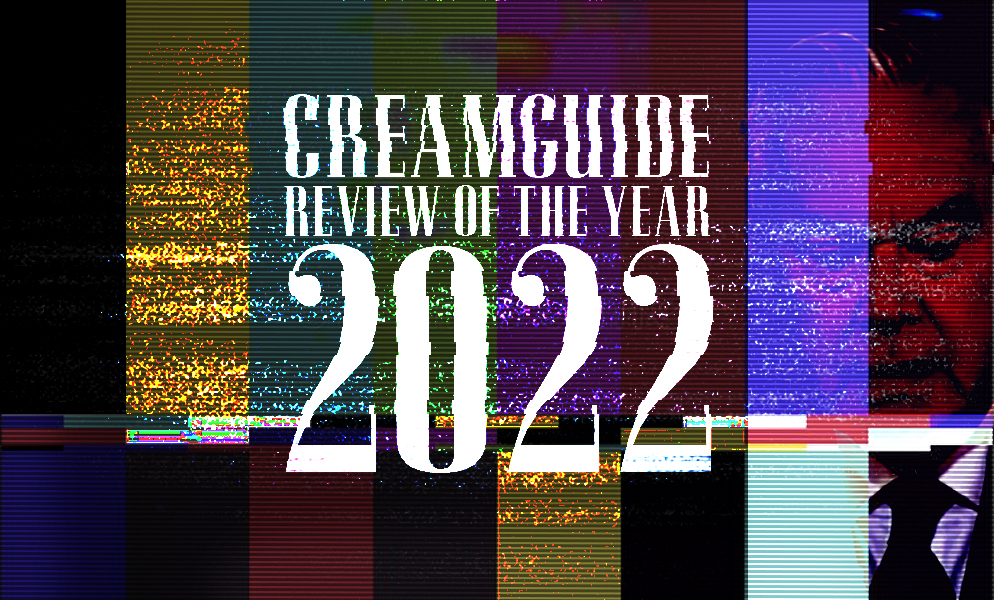
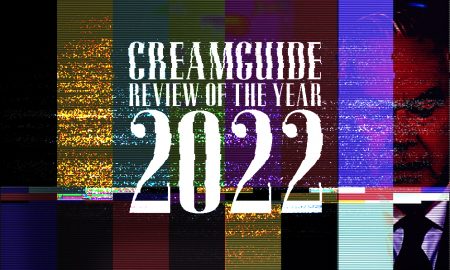

Kitten in a Brandy Glass
November 11, 2009 at 2:05 pm
Other memorable NFBC outings were “What On Earth” (1966), which is the one in which an alien narrator describes the lifestyle of the motor car, which the aliens believe is the dominant species on Earth, and “Blackfly” (1991, so a bit late), which is the one with the dead catchy banjo-picking song about bone-picking blackflies.
johnnyboy
January 9, 2011 at 9:08 pm
“The Cat that Came Back” was superb animation in that it stuck in the memory for its odd style of animation and as mentioned the catchy song that kept springing up once the moggy re-appeared back at the poor fella’s house. Never thought song was ‘too catchy’ though; surely only bad advertisments are appropos to that moniker.
Richard Davies
January 9, 2011 at 11:08 pm
I remember The Cat That Came Back was featured on Stayed Tooned at least twice, the 2nd time by popular demand.
Applemask
January 7, 2016 at 6:06 pm
Reference to electronic musicians.
George White
January 13, 2018 at 3:26 pm
Been watching a few of these.
The Owl Who Married A Goose shows the range of the NFB. Lovely inky black animation, similar to the later Sniffing Bear. Although by he 80s, the likes of Special Delivery, the fun fire educational short Hot Stuff, the Big Snit and the Cat Came Back showed that the NFB were mainly making wobbly 2DTV-esque animations about people or animals in social situations backed by a harmonica score. Still in vogue by the time of 2006’s At Home with Mrs. Hen.
Although this style was in the NFB as early as What on Earth (hence why it looks newer than it is) and the witty Spinollio (1977), where a little puppet gets his wish – of becoming Onslow from Keeping Up Appearances, after the cricket gets eaten.
S.P.L.A.S.H. has a nice Cosgrove Hall feel.
the Disney-esque Get A Job (1985), with the grotesque Carmen Miranda frog-businessman, the Sand Castle-esque Garden of Ecos and Bydlo – all about moving nature and the arty, trying to be poignant Subservience, the more recent Skeleton Girl and Uncle Bob’s Hospital Visit, which has the traditional NFB harmonica soundtrack, the uncanny valley Ryan,
2011’s the Big Drive – a mix of photo-collage, off-model CGI and Clasky-Csupo/Mike Judge esque characters doing their own National Lampoon’s vacation, becoming increasingly freakish and uncomfortable, with added harmonica, then introduces cutesy cats riding the car, and earlier stuff as the surreal documentary-mixed-in-with-metaphorical psychedelic freakout animation of Man – The Polluter (1973) and the Underground Movie where a Scots-accented narration and chunky Noah and Nelly-types experiment on a dog Clockwork Orange style, while the drilling ship they’re all in digs through the various layers of the Earth (1972), as we are taught about limestone and sedimentary layers. That was by Les Drew, who also did the strange Dingles from 1988, about a loving depiction of a possibly-crazy-but-actually-nice cat lady.
Also watched the historical montage of 1990’s Mirrors of Time – which pleasingly feels like a 90s educational videogame, with weird cel-shaded animation, and Asterix-type Romans. Propaganda Message – which has scratchy hand-drawn, hand-shaded animation and French dialogue with comic strip dialogue bubbles as subtitles, to explain the differences between the Canadians and their neighbours.
Mindscape reminded me of the titles to Late Night Story.
and the witty detachable-eared ex-actor Roger Rabbit-esque yuppie dog in a live action office, Buck Boom of John Weldon’s Real Inside (1984), a former Disney star (“I was in Snow White”) with an obsession for having sex with live action girls, arguing with his live-action prospective boss, familiar character actor Colin Fox.
Bretislaw Pojar’s egg-headed story of caution, To See or Not To See (1969) has cutesy egg-head men turned into spiral ghosts and disturbing human whirlwinds to show us which way is right, Pojar did various shorts for the NFB including the satirical E, featuring bowler-hatted arguments and resembling an educational study on the letter E until a violent denouement.
Also saw the 1995, rather Jim Henson/Cadillacs and Dinosaurs-esque How Dinosaurs Learnt to Fly. Almost every NFB short is a fun vignette. The quality astounds me. Very few boring adaptations of Pushkin among the gold, like you’d get with Soyuzmultfilm.
Another of the recent ones is the stunning railway dance sequence of Runaway, which reminded me a lot of Belleville Rendezvous, same composer and all. Then, 2012’s Wild Life is stunning, but feels like a Honda ad. Its moving painting style needs narration by Garrison Keillor.
Blackfly is a Canadian folk story with a nice wobbly style. Very Canadian, by the McGarrigle Sisters too – Rufus Wainwright’s mum and aunt. Another folk story short the NFB did is the Alberto Frog-esque Frog Went A-Courting, as well as The Old Lady Who Swallowed A Fly – similar in style to the Cat Came Back.
Cosmic Zoom is extraordinary.
The Sweater has that painterly style – like leaky paint, common as the aforementoned style.
Overdose (1994) is poignant – about a happy young boy’s day told in appealing broad-strokes and large head style – then he overworks himself and it all goes wrong.
George White
January 13, 2018 at 4:47 pm
Also in that often-scratchy Cat Came Back style the lovely geriatric love story George and Rosemary and the biscuit ad-esque George and Rosemary, the UNICEF-sponsored Every Child, which becomes its own making of, and the overlong educational Les Drew’s Every Dog’s Guide to Home Safety, with voices by Cagney and Lacey’s Harvey Atkin, although the 1991 short Every Dog’s Guide to the Playground is more traditionally animated, more sitcommy, with its typewriting blue-furred protagonist.
The NFB always are attractive, or were, pre-CGI, nothing as grotesquely rudimentary as the Steadman-esque ugliness of British animator Geoff Dunbar’s Ubu, with the voice of Bill Mitchell. They always have a soul, like a lot of inventive foreign stop-motion cartoons, there’s no soulless weirdness for the sake of it like the Brothers Quay or even the slightly too pleased for yourself charming but not captivating spirit of the Animated Tales of the World or the Fool and the Flying Ship. A lot of foreign cartoons have this soul, something like the astonishing man-rat love story One Day A Man Bought By House, made by Pjotr Sapegin in Norway, who made for the NFB, the evil Filmfair-like Aria and the Moomins-styled Moms’ Cat.
Also been watching the Soviet animations of Soyuzmultfilm.
Cheburashka – Monchicchi-esque stop motion – like a Soviet Rankin/Bass.
Moy zelenyy krokodil – Duncan the Dragon-esque blue crocodile and Babycham cow fall in love, then crocodile turns suicidal and turns into a leaf.
Yuriy Norstein – Tale of Tales (1979)- oddly apocalyptic, painterly photomontage, Gilliamesque mix of figures, autobiographical not unlike Raymond Briggs.
The wondrous Hedgehog in the Fog – like MR James cartoons – disturbing Soviet hauntologia.
Lisa i zayats – has a bear in floral crown – something woodcut-like, folklorish, and also gets meta, with lots of screens, characters jumping from screen to screen.
Seasons – moving, like a serious cartoon of the Morecambe and Wise Doctor Zhivago Sketch.
Also saw the shorts Choonya – fat pig’s adventures, and Antoshka – with an androgynous Wickie-esque caveboy.
1969’s Bremen Town Musicians – weird half-trad half-surrealist style, James Last-esque score, Soviet’s view of Western music, very odd. Funny animals played seriously. Soyuzmultfilm Boring Pushkin adaps.
Soyuzmultfilm is so strange – because their stuff feels quite basic, in some respects, sometimes they’re stunning, like Hedgehog in the Fog, and other times, they’re basic kidvid, but because they’re Soviet, they can get weird like the baseball-hatted medieval donkey of Bremen Town, but they’re always well-animated, there’s no Hanna-Barbera cheap cuts, there’s always something organic especially Murun Buchstansangur-esque Fru-89.
Soyuzmultfilm rivals Ekran – also spawned Pilot – makers of Mike, Lu and Og for Cartoon Network, their Plasticine Crow – like the 2-D stop-motion of the Moomins, its shape-shifter a bit like the tongue twisters in RTE’s Bosco.
Glenn A
January 14, 2018 at 10:09 pm
I was lodging with this weird family in Coventry in 1990, who only watched Neighbours, Home And Away and Cartoon Time as they reckoned all other television programmes were rubbish and their 26 inch colour television used too much electricity, and saw the premiere of The Cat Came Back. Rather a surreal cartoon watched in a surreal household and it was the only time I saw the five miseries crack a smile.
Incidentally, this bizarre family I lodged with for 6 weeks until I had to move out, kept a rancid looking goat in the garden for milk as supermarket milk was too expensive, charged me extra for using their shower as it used too much hot water, and the man and wife had a worrying resemblance to Fred and Rose West. Also they were big fans of Braine’s Faggots, perhaps the most awful thing I’ve ever eaten
Richard16378
January 15, 2018 at 2:00 pm
Maybe that could be a feature here of the strangest things you associate with watching a particular TV programme.
Glenn A
January 15, 2018 at 8:24 pm
Yes, Richard, it was only time I saw Fred and Rose( sorry Don and Susan) and their equally humourless offspring sort of smile at The Cat Came Back, even if it wasn’t exactly Hancock. Memory might be playing tricks on me, though, was it Cartoon Time or Stay Tooned that was the BBC’s weekly cartoon show by 1990? Do particularly recall during Neighbours eating rather a lot of faggots and mash and some chips from a chip shop, cheapest we know in Coventry, that were more grease than chips. You can see why I had to get a room in halls.